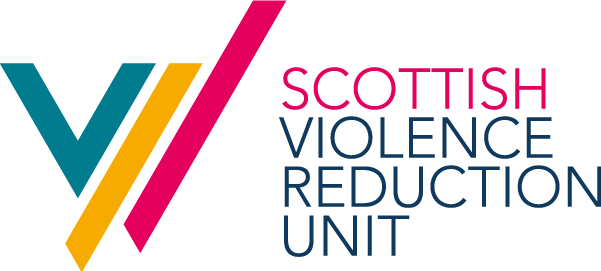
Author: Will Linden
In this extract from an article published in The International Journal of Psychotherapy our co-deputy director Will Linden writes that interventions which try to “fix” the individual will likely have limited success in reducing violence, and what is needed is a holistic approach which meets people where they are.
Violence is a wicked problem with no simple solution. There’s no all-encompassing vaccine and in many cases there is little understanding of the causes, or what works in treating it. Children are not born violent; they are essentially learning machines. Child GPT if you like. They process information and soak up their environment and experiences like a sponge, moderated by the multitude of genetic, neurological, and biological factors that allow them to interpret their experiences. So, if people aren’t necessarily born violent, how do they become violent?
Violence is often a symptom of a disease caused by deep-seated social issues. It rarely emerges in isolation but surfaces due to the complex interplay of social, economic, political, and psychological factors. If we genuinely want to understand the complexity of violence we must move away from our biases and the myopic lens we usually apply. Violence is a criminal justice issue, but it is also a health, societal, and economic issue. To tackle the problem we must understand the challenge and the complex, interconnected causes that fester below the surface.
Applying a public health model to violence allows us to examine the drivers and the levers of control at the earliest opportunity. The approach is simple; it requires data and understanding. It is not linked to any specific lens or “treatment” model, only what is known to work. This means diagnosis of the problem is key. We need to understand not just what our data is telling us but also what it is not showing, where the limitations of data reside, and how we can triangulate across data sources to gather a better understanding. Knowledge is not power, but the use of knowledge is.
Governments in the UK have already spent a lot of time and resources trying to “fix” people; consequently, most of the service provision and programmes are targeted to the individual. With a myriad of options from counselling to drug replacement therapies, from prison to skills development, we have various “solutions” to multiple problems, a proverbial smörgåsbord of interventions. However, in doing so, we have shifted the blame for the problem onto the individual alone, so that any failures of the system are obscured. We need to think much more holistically to consider the real-world environment, how the problem of violence is created and how it is sustained.
Change is difficult. How can we structure our support and services to make the challenges and the chances of failure more remote? The likelihood of success can depend on the emotional and psychological make-up of the person and whether or not they are receptive to the idea that their life could be different. Commonly termed the “reachable and teachable moment”, it is about connecting with someone when they are potentially at their most receptive, for example, in A&E, or in a custody suite after a violent incident. It’s about having services that deliver when people need them most, not when we can provide them. If we want to succeed, we need to be more flexible, meet people where they are, and ensure that services are more responsive to their needs.
We all have a role to play in reducing violence, from our policing and judicial services, social workers who can stabilise the patient, health workers who can deal with symptoms, to our governments and policymakers who can reduce social inequalities so that no one is ever left behind. We need to ensure that survivors of abuse are supported and that we work with those committing the violence to stop it from happening again and again.
Change is possible, we have to believe it, and we have to work together putting aside our academic and professional differences to achieve it. We must take action, take responsibility, and not just look to others to be leaders. If we want to live in a world that is free from violence, we must strive for it and not accept anything less.
Reference to the full article: Linden, W. (2023). Why a smörgåsbord of interventions won’t solve violence: an applied public health approach to violence reduction in Scotland. The International Journal of Forensic Psychotherapy, 5(2): 145–148. doi: 10.33212/ ijfp.v5n2.2023.145
